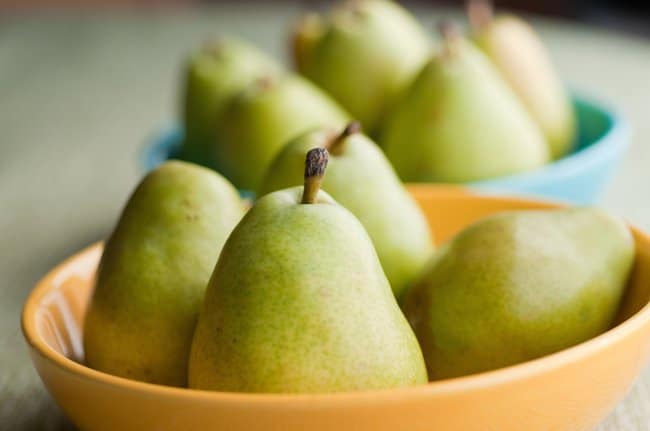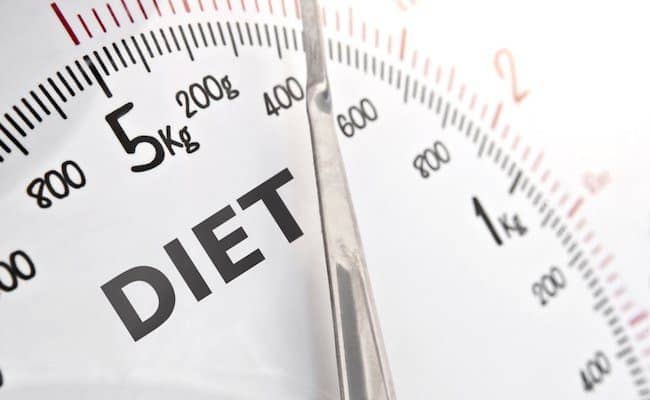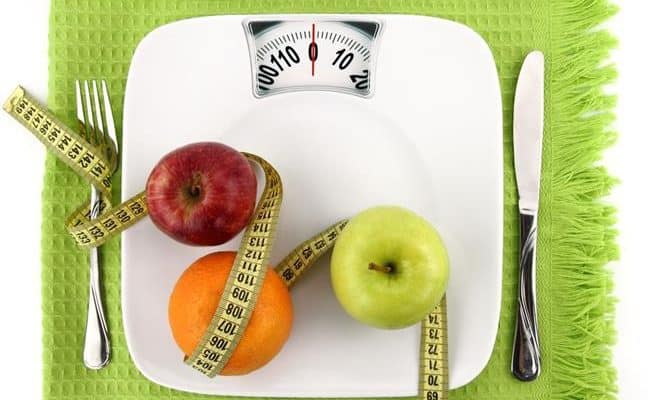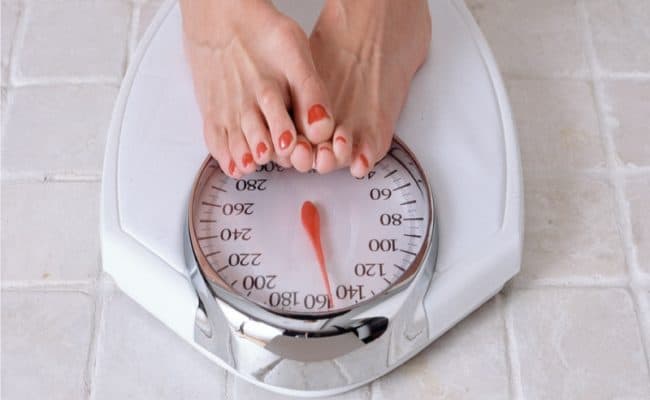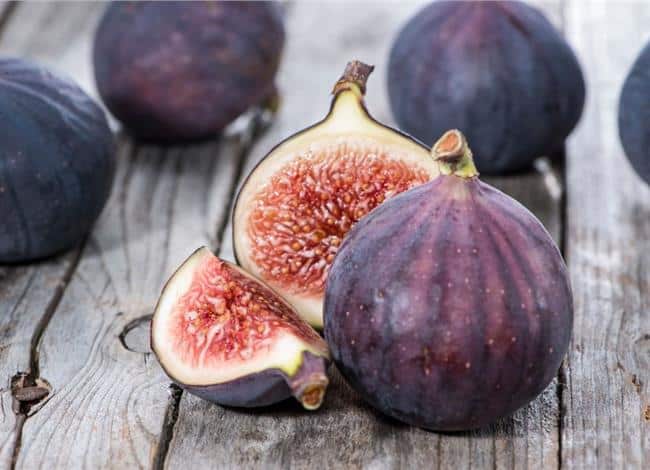
FODMAP is an acronym for carbohydrates that are considered Fermentable Oligo, Di, Monosaccharides and Polyols. These are all types of carbohydrates from various foods that enter the large intestine where they are fermented by gut bacteria. Examples of these types of carbohydrates include: fructose, lactose, fructans, galactans and sugar alcohols. These carbohydrates are found in various fruits, dairy, grains, legumes and vegetables.
A low FODMAP diet is recommended for certain digestive disorders like irritable bowel syndrome (IBS).
This diet can help this condition because it may help alleviate and prevent bloating and other symptoms with IBS.
Eating foods with FODMAPs are not problematic for most people. In fact, foods that fall under the FODMAPs category can provide many health benefits.
However, a low FODMAP diet is good for conditions like IBS.
However, this diet is only recommended for shorter periods of time.
Only change your diet to a low FODMAP diet with the supervision of your healthcare team and with the support of dietitian.
Foods with FODMAPs
The type of carbohydrates that are fermentable oligo, di, monosaccharides and/or polyols can draw water into the digestive tract which may cause some bloating and distension.
Once these carbohydrates pass through the small intestine, they act as food for bacteria in the large intestine.
These food substances are referred to as prebiotics. Eating prebiotic foods can help promote the growth of beneficial bacteria probiotics.
There are many foods that contain these different types of carbohydrates, so following a low FODMAP diet takes the direction and supervision from your medical team.
Examples of foods that contain FODMAPs from the Gastroenterological Society of Australia (1) include:
- Fruits that have higher amounts of fructose, fructans or polyols such as: apples, figs, mangos, pit fruits, pears, watermelon, dried fruit, fruit juice.
- Vegetables like artichokes, asparagus, garlic, onions, leeks, cauliflower and snow peas.
- Dairy products with lactose such as: milk products, custard, ice cream and soft cheeses.
- Grains like wheat, rye and barley.
- Legumes such as chick peas, kidney beans and lentils.
- Sweeteners such as high fructose corn syrup, honey and sugar alcohols found in some diet or sugar free foods like xylitol, mannitol and sorbitol.
Low FODMAP and Irritable Bowel Syndrome
IBS is a condition that affects one in seven adults.
IBS symptoms can include: cramping, bloating, stomach distension, gas, diarrhea and/or constipation.
There are many things researchers and health experts still don’t understand about IBS.
What can trigger an episode of IBS symptoms can vary, and diet can play an important role in managing symptoms.
Ingesting foods that have FODMAPs does not cause IBS, but it can exacerbate IBS symptoms.
Therefore, following a low FODMAP diet can help prevent IBS symptoms from flaring up.
However, it is important to not self diagnose your symptoms.
Symptoms related to IBS could also be from other digestive conditions that may need further medical attention.
If you suspect you may have IBS, consult your healthcare team before altering your diet to follow a low FODMAP diet.
Working under the guidance of a dietitian can help determine which foods are important for you to limit or keep in your diet.
Is a low FODMAPs diet good for people without digestive issues?
If you don’t have IBS, eating a low FODMAP diet is not necessary.
Instead of limiting your food choices, it is recommended for healthy adults and children to eat a wide variety of foods.
Most foods that have FODMAPs are also rich in many other nutrients like: antioxidants, fiber, vitamins and minerals.
Therefore, cutting out these FODMAP foods from your diet isn’t necessary if you don’t experience gastric distress with these foods.
These foods also act as a promoter of beneficial bacteria growth in the large intestine. Promoting the growth of these probiotics in the large intestine can have many beneficial health effects.
Following a low FODMAP diet and the effect it has on beneficial bacteria growth in the large intestine is not currently known (2).
How long should you follow a FODMAP diet?
If you are trying to follow a low FODMAP diet, you should be under the supervision and direction of your medical team.
The length of time following a low FODMAP diet can vary.
WebMD (3) suggests following a low FODMAP diet for at least 7 days to see relief from gastric distress symptoms and up to 4 weeks.
Following a low FODMAP diet longer than this time frame is not recommended and may also negatively impact gut bacteria.
After 2-4 weeks, a dietitian can help you start reintroducing certain foods back into your diet slowly.
Chances are you may be more sensitive to certain foods than others.
Working with health professionals can help tailor your maintenance diet to include some FODMAP foods within an acceptable range.
Limitations of a low FODMAP diet
While following a low FODMAP diet, it is important to still eat a balanced diet even though there are many foods that you are cutting out from your diet.
For example, many fruits and vegetables are eliminated when following a low FODMAP diet.
However, foods like strawberries, bananas, blueberries, leafy greens, carrots and tomatoes are allowed on a low FODMAP diet.
Other foods allowed can be meats, oils, walnuts, low lactose cheese and wheat free grains.
Eating a balance of a variety of foods allowed on a low FODMAP diet can help ensure you are getting adequate intakes of essential nutrients.
Conclusion: Follow medical advice
If you are experiencing symptoms like bloating, cramping, gas, stomach distension, diarrhea and/or constipation, seek medical advice before self diagnosing a low FODMAP diet.
These symptoms may be from other serious conditions, besides IBS, that may require medical care not just dietary changes.
If you do not have IBS, following a low FODMAP diet is not usually recommended because these foods are a source of prebiotics that encourage growth of probiotic in the large intestine.
